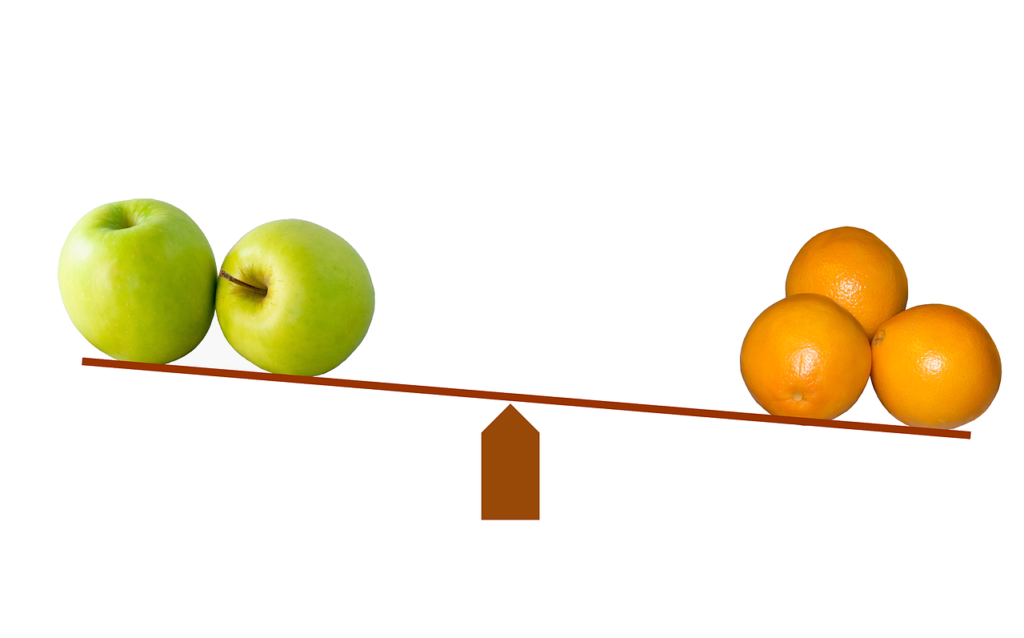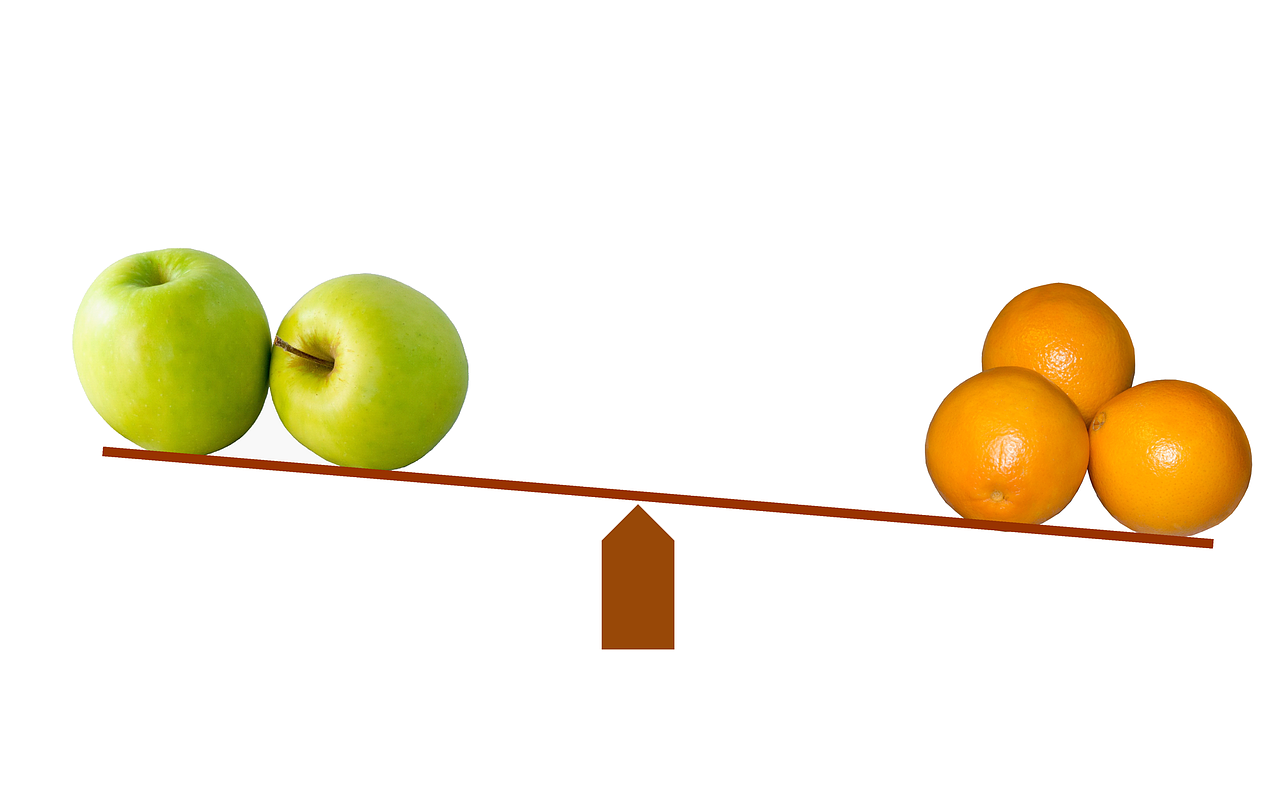Looking to upgrade your cookware but unsure which material to choose? Look no further! Tastepan.com is here to help you make an informed decision between stainless steel and non-stick cookware. With our expert reviews and recommendations, you can find the perfect kitchen equipment to elevate your cooking experience. Whether you’re a professional chef or a home cook, we’ve got you covered. Let’s explore the benefits and features of these two popular cookware materials and find out which one suits your culinary needs. Get ready to step up your cooking game with the right cookware material for you!

Durability
Stainless steel
Stainless steel cookware is known for its incredible durability. It is made from a combination of metals, such as chromium and nickel, which gives it strength and resilience. This makes stainless steel cookware highly resistant to dents, scratches, and warping, even when exposed to high heat. With proper care and maintenance, stainless steel cookware can last for a lifetime, making it a fantastic long-term investment for your kitchen.
Non-stick
Non-stick cookware, on the other hand, is not as durable as stainless steel. The non-stick coating, typically made of polytetrafluoroethylene (PTFE), can wear off over time, especially if not handled with care. Scratches from metal utensils or abrasive cleaning tools can damage the non-stick surface, reducing its effectiveness and lifespan. However, with proper maintenance and gentle use, non-stick cookware can still provide several years of reliable performance.
Heat Conductivity
Stainless steel
Stainless steel is not the best conductor of heat compared to other materials like copper or aluminum. It takes longer to heat up and distribute heat evenly. However, many stainless steel cookware sets come with aluminum or copper cores or bottoms, which help improve heat conductivity and ensure more even heating throughout the cookware. These added layers improve the overall performance of stainless steel cookware, making it suitable for a wide range of cooking techniques.
Non-stick
Non-stick cookware is generally not designed for high-heat cooking. The non-stick coating can deteriorate and release harmful fumes if exposed to excessive heat. While non-stick pans heat quickly and offer excellent heat conductivity, they are best suited for low to medium heat cooking. It is recommended to avoid using non-stick cookware in the oven or on high-heat stovetop settings to preserve the integrity of the non-stick surface.

Versatility
Stainless steel
Stainless steel cookware is incredibly versatile and can be used for various cooking methods. It is suitable for boiling, sautéing, frying, simmering, and even oven roasting. Stainless steel pans can handle high temperatures without the risk of damage and are compatible with all stovetop types, including induction. Additionally, stainless steel cookware is often dishwasher safe, making cleanup a breeze and adding to its overall convenience.
Non-stick
Non-stick cookware shines in its versatility when it comes to delicate foods and low-fat cooking. It is perfect for making pancakes, omelets, and delicate fish fillets that require a smooth release from the pan. The non-stick surface reduces the need for excessive oil or butter, providing healthier cooking options. However, non-stick cookware may not be suitable for high-heat cooking, searing, or browning, as it may affect the longevity of the non-stick coating.
Maintenance
Stainless steel
Stainless steel cookware is relatively easy to maintain. It is dishwasher safe, which makes cleaning a breeze, especially for stubborn food residue. However, hand washing with mild detergent and non-abrasive sponges or cloths is recommended to preserve the shine and longevity of the cookware. Stainless steel pots and pans may develop a patina or discoloration over time, but this is purely cosmetic and does not affect their performance.
Non-stick
Non-stick cookware requires more delicate treatment to ensure its longevity. It is not recommended for dishwasher use, as the harsh detergents and high water temperatures can damage the non-stick coating. Hand washing with warm, soapy water and non-abrasive cleaning utensils is the best way to clean non-stick pans. Avoid using metal utensils or abrasive cleaning tools that can scratch the non-stick surface. Proper maintenance and gentle handling are crucial for prolonging the life of non-stick cookware.

Cooking Performance
Stainless steel
Stainless steel cookware offers excellent cooking performance, especially when paired with an aluminum or copper core. It provides even heat distribution, preventing hot spots and ensuring that food cooks evenly. Stainless steel pans also allow for excellent browning and searing, creating delicious caramelization on meats and vegetables. The versatility of stainless steel cookware makes it suitable for a wide range of cooking techniques, from sautéing and frying to simmering and braising.
Non-stick
Non-stick cookware excels in its ability to prevent food from sticking to the pan. This makes it ideal for delicate foods like eggs, pancakes, and fish fillets. The non-stick surface ensures easy food release and requires less oil or butter for cooking, promoting healthier cooking options. However, non-stick pans may not offer the same level of heat distribution and even cooking as stainless steel, making them less suitable for certain cooking techniques that require precise temperature control or high-heat cooking.
Toxicity
Stainless steel
Stainless steel is considered a safe and non-toxic cookware material. It does not react with food or leach harmful chemicals into your meals, even at high temperatures. This makes stainless steel a popular choice for individuals concerned about the potential health risks associated with certain cookware materials.
Non-stick
Non-stick coatings, specifically PTFE-based coatings like Teflon, can release toxic fumes if overheated. These fumes can be harmful to humans and pets and may cause flu-like symptoms known as “Teflon flu.” While the risks are minimal when using non-stick cookware properly, it is important to avoid overheating and to use non-stick pans in well-ventilated areas to minimize exposure to any potential fumes.
Price
Stainless steel
Stainless steel cookware is often seen as a long-term investment, with prices varying depending on the brand, quality, and specific features. While stainless steel cookware sets can be more expensive upfront, they are known for their durability and the ability to last for many years, making them cost-effective in the long run.
Non-stick
Non-stick cookware is generally more affordable compared to stainless steel. The price range can vary depending on the brand, size, and quality of the non-stick coating. However, since the non-stick coating may wear off over time, non-stick cookware may need to be replaced more frequently, potentially resulting in higher long-term costs.
Cleaning
Stainless steel
Stainless steel cookware is often dishwasher safe, making cleaning a breeze. However, to maintain the shine and longevity of the cookware, hand washing is recommended. Use warm, soapy water and non-abrasive cleaning utensils to remove any food residue. For stubborn stains or discoloration, a mixture of vinegar and water or specialized stainless steel cleaners can be used. Regular cleaning and proper maintenance will keep your stainless steel cookware looking and performing its best.
Non-stick
Non-stick cookware is not typically recommended for dishwasher use, as the harsh detergents and high water temperatures can damage the non-stick coating. Instead, hand washing is the preferred method. Use warm, soapy water and non-abrasive cleaning tools to gently clean the non-stick surface. Avoid using metal utensils or abrasive sponges that can scratch the coating. Proper cleaning and maintenance will help prolong the life of your non-stick cookware.
Cooking Techniques
Stainless steel
Stainless steel cookware is incredibly versatile and can be used for various cooking techniques. Its excellent heat distribution and retention make it suitable for sautéing, frying, simmering, braising, and even oven roasting. Stainless steel pans also provide excellent browning and searing capabilities, allowing you to create rich flavors and textures in your dishes. With stainless steel cookware, you have the freedom to explore and experiment with a wide range of cooking techniques.
Non-stick
Non-stick cookware is particularly well-suited for cooking techniques that involve delicate foods and low-fat cooking. It excels in making pancakes, omelets, and fish fillets that require easy food release from the pan. Non-stick surfaces minimize the need for excessive oil or butter, promoting healthier cooking options. However, non-stick pans may not be as effective for techniques that require high heat or precise temperature control, limiting their utility in certain types of cooking.
Longevity
Stainless steel
Stainless steel cookware is known for its long lifespan and durability. When properly cared for, stainless steel pots and pans can last for many years, even decades. The combination of metals used in stainless steel makes it highly resistant to dents, scratches, and warping, ensuring that it maintains its structural integrity over time. Investing in a high-quality stainless steel cookware set is a long-term investment that can withstand the test of time.
Non-stick
Non-stick cookware, while not as durable as stainless steel, can still provide several years of reliable performance with proper care and maintenance. However, the non-stick coating is more susceptible to wear and tear, especially if not handled with care. Over time, the coating may deteriorate, affecting its non-stick properties. Regular inspection and replacement of worn-out non-stick pans are essential to maintain optimal performance and avoid potential health risks.

